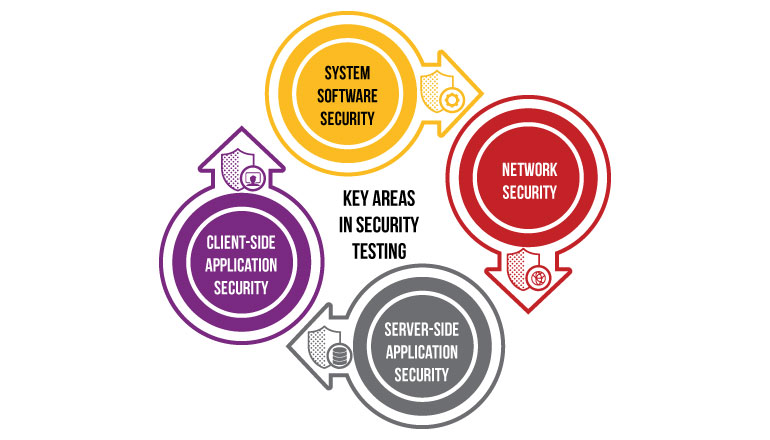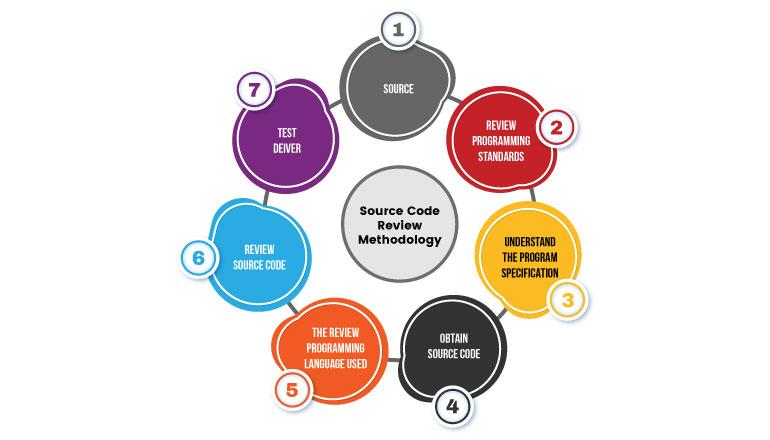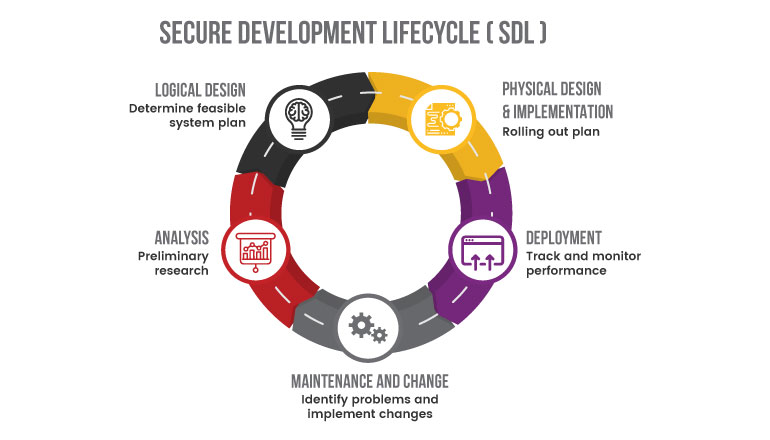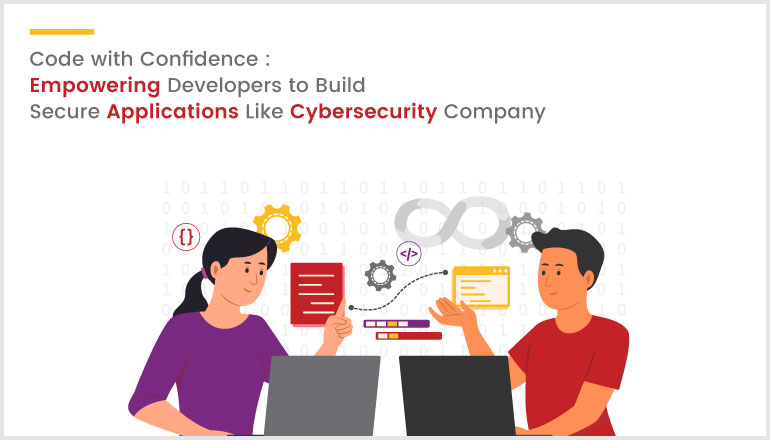Introduction
In the rapidly evolving world of cybersecurity, developers hold a critical role in constructing robust and secure systems. Their ability to write secure code and implement the best practices becomes an invaluable asset in safeguarding digital assets. This blog post explores into how cybersecurity companies can empower their developers to code with confidence, enabling them to build secure systems that effectively withstand threats. We will explore key strategies, tools, and resources that empower developers to take an active role in enhancing cybersecurity within the organization, emphasizing the human perspective behind their efforts.
Fostering a security-focused mindset
Cultivating a culture of security awareness among developers is essential. By promoting an understanding of common vulnerabilities and their potential impact on system security, developers can recognize the importance of their role in mitigating risks. Providing comprehensive training and resources helps developers grasp and address security concerns effectively. By empowering developers with knowledge, they become proactive contributors to the organization's cybersecurity.
Secure Coding Practices and Standards

Emphasizing the adoption of essential secure coding practices is crucial. This includes practices such as input validation, error handling, and secure session management. Developers must grasp the significance of adhering to coding standards and guidelines to elevate security measures. Exploring tools and frameworks that facilitate secure coding practices ensures that developers have the means to build robust and resilient code, further strengthening the security of the systems they develop.
Collaboration with Cybersecurity Teams
Establishing effective channels of communication and collaboration between developers and cybersecurity teams is vital. By fostering collaboration, developers can work closely with cybersecurity professionals on threat modelling, risk assessment, and security reviews. Creating feedback loops promotes continuous improvement of the security posture of developed systems through shared insights and expertise. By involving cybersecurity teams, developers gain a deeper understanding of potential threats and can proactively address security concerns.
Continuous Learning and Skill Development
Recognizing the necessity of continuous learning in the ever-evolving field of cybersecurity is crucial. Cybersecurity companies should inspire developers to stay updated with the latest security trends, emerging threats, and cutting-edge technologies. Providing accessible resources such as training programs, workshops, and conferences fosters continuous skill development and knowledge sharing among developers. By investing in their professional growth, developers can stay ahead of emerging threats and contribute effectively to the organization's security efforts.
Security Testing and Code Reviews

Integrating security testing as an integral part of the development process is essential. By proactively identifying and addressing vulnerabilities, developers can mitigate risks before systems are deployed. Regular code reviews help detect potential security flaws and ensure adherence to secure coding practices. Leveraging automated tools for vulnerability scanning and penetration testing enhances the effectiveness of security measures, enabling developers to identify and remediate vulnerabilities efficiently.

Secure Development Lifecycle (SDL)
Implementing a secure development lifecycle methodology tailored to the organization is essential for constructing secure systems. By incorporating security practices at each stage of the development process, organizations demonstrate a commitment to prioritizing security from the very beginning. Thorough threat modelling allows for a comprehensive understanding of potential risks, enabling developers to design secure architectures that mitigate vulnerabilities. Rigorous security testing throughout the development process ensures that systems are robust and resilient against potential attacks. This human-driven approach to the secure development lifecycle reinforces the organization's dedication to building secure systems and protecting valuable assets.

Precious Advise To Developer
Cybersecurity and Vulnerability Assessment and Penetration Testing (VAPT) audits play a crucial role in ensuring the security and integrity of software systems. However, developers often perceive these audits as criticism of their work, which can create a tense environment. It's essential for developers to adopt a different perspective and approach when it comes to cybersecurity. Here are some valuable points to consider:
- Embrace a Collaborative Mindset: Recognize that cybersecurity professionals are not out to find faults or criticize your work. Instead, they are partners in safeguarding the system and preventing potential threats. Embrace a collaborative mindset, viewing security engineers as allies who contribute to overall system resilience.
- Understand the Importance of VAPT Audits: Acknowledge that VAPT audits are an integral part of the development process. Their purpose is to identify vulnerabilities and weaknesses in the system, allowing for proactive measures to be taken before potential attackers exploit them. By addressing these issues, you contribute to building more secure software
- Separate Personal Criticism from Professional Feedback: It's crucial to separate your personal feelings from the feedback received during cybersecurity audits. Remember that the focus is on improving the system's security, not on targeting individuals. Avoid taking comments personally and view them as opportunities for growth and learning.
- Cultivate a Continuous Learning Mindset: Cybersecurity is an ever-evolving field, and it's important to recognize the limitations of your own security knowledge. Be open to learning from security professionals, acquiring new skills, and staying updated on the latest security practices and techniques. Cultivate a mindset of continuous learning to enhance your effectiveness as a developer.
- Foster Effective Communication Channels: Establish open and transparent communication channels between developers and security engineers. Encourage regular discussions, brainstorming sessions, and knowledge sharing to bridge the gap between the two domains. This will help foster mutual understanding, respect, and collaboration.
- Prioritize Security in Development: Embed security as an essential aspect of the development process rather than considering it an afterthought. Familiarize yourself with secure coding practices, best practices for data handling, and relevant security frameworks. By integrating security measures throughout the development lifecycle, you can proactively address potential vulnerabilities.
- Seek Clarification and Guidance: If you are unsure about a reported bug or vulnerability, don't hesitate to seek clarification from the security team. Engage in constructive conversations to better understand the nature of the issue and its implications. This will enable you to work together more effectively and address security concerns efficiently.
- Promote a Positive Security Culture: Developers play a vital role in creating a positive security culture within an organization. Encourage your peers to prioritize security, share knowledge, and embrace best practices. By fostering a culture that values security, you contribute to a healthier and more secure development environment.
By adopting a collaborative mindset, cultivating a continuous learning attitude, and prioritizing security in the development process, developers can significantly contribute to building secure software systems. Remember that cybersecurity professionals are here to assist, not to criticize. Embrace their expertise, engage in constructive dialogue, and work together to enhance the security of your applications.
Conclusion
Empowering developers as allies in the battle against cyber threats By empowering developers to code with confidence and build secure systems, cybersecurity companies bolster their overall security posture. Fostering a security-focused mindset, promoting secure coding practices, fostering collaboration with cybersecurity teams, and emphasizing continuous learning enable developers to proactively address security concerns. These strategies result in the creation of robust and resilient systems that inspire stakeholder confidence while fortifying the organization's cybersecurity defenses.




.png)